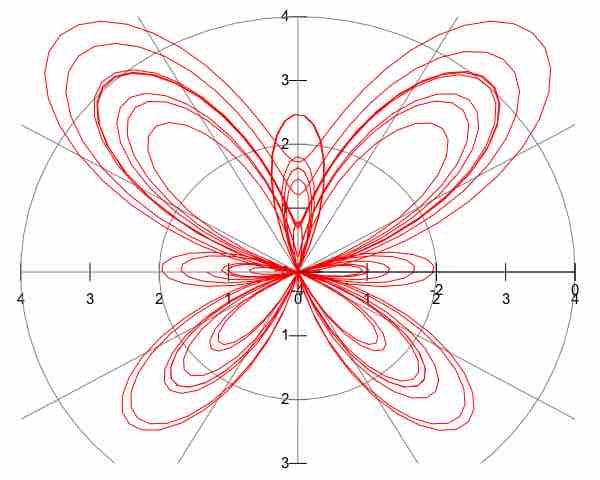In mathematics, a parametric equation of a curve is a representation of the curve through equations expressing the coordinates of the points of the curve as functions of a variable called a parameter. For example,
is a parametric equation for the unit circle, where
For example, the simplest equation for a parabola
This way of expressing curves is practical as well as efficient; for example, one can integrate and differentiate such curves term-wise. Thus, one can describe the velocity of a particle following such a parametrized path as follows:
This is a function of the derivatives of
Converting a set of parametric equations to a single equation involves eliminating the variable from the simultaneous equations. If one of these equations can be solved for

Parametric Example
One example of a sketch defined by parametric equations. Note that it is graphed on parametric axes.